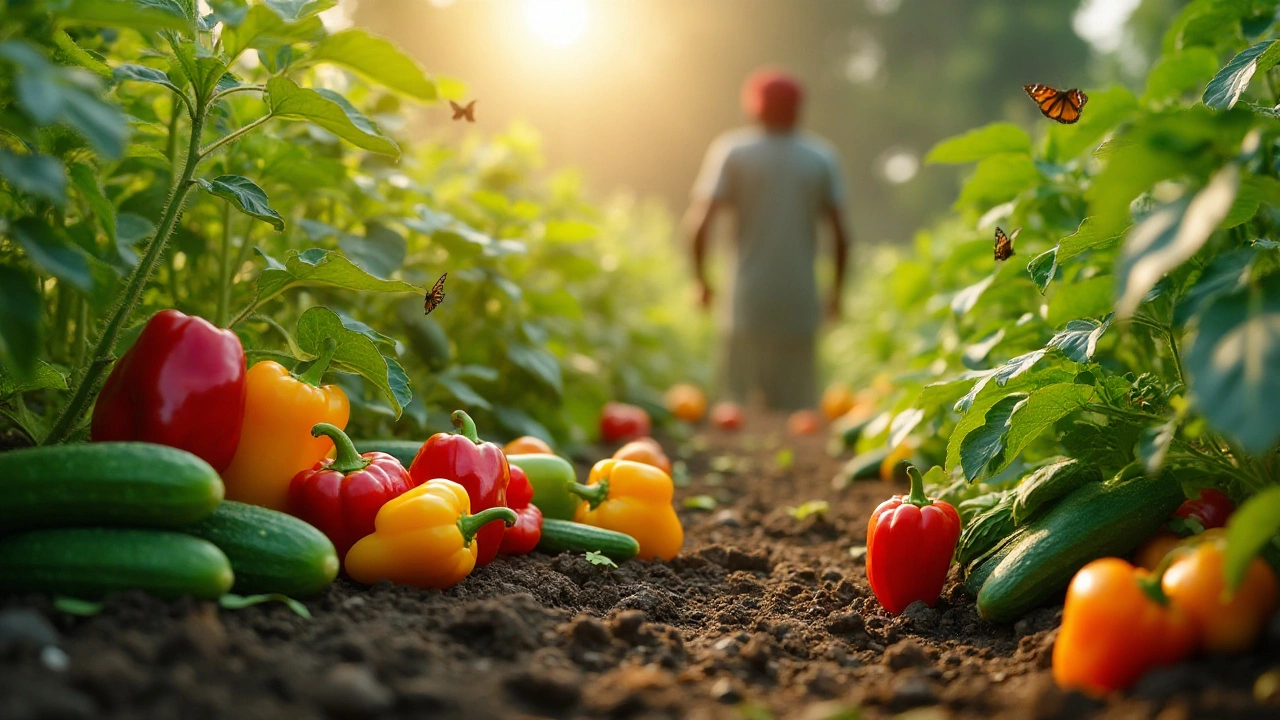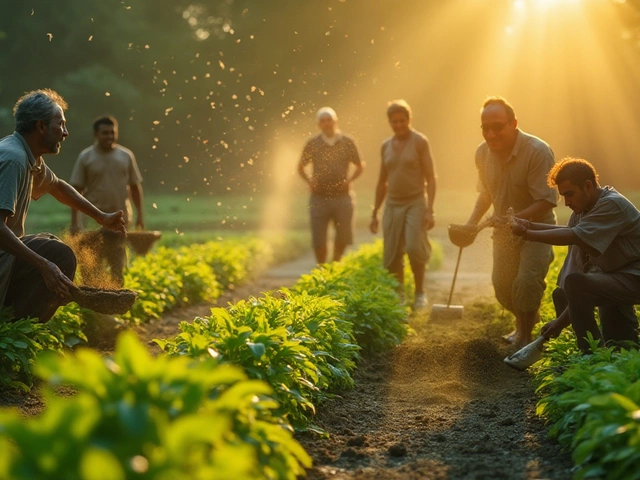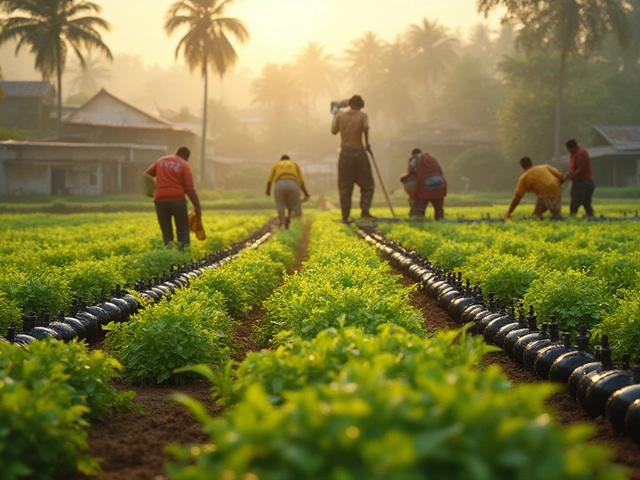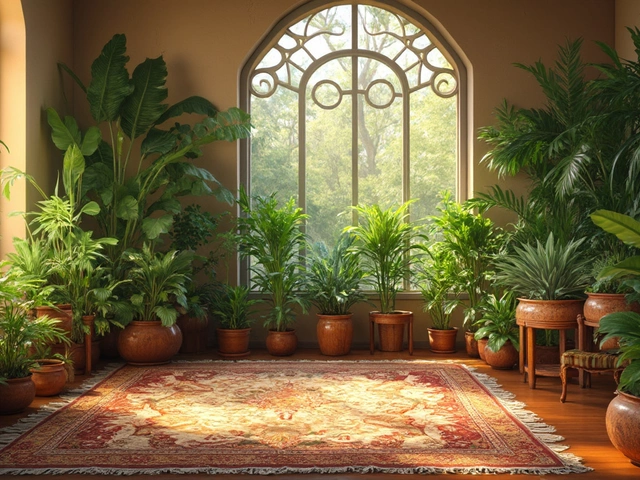Peppers in Indian Gardens: Simple Tips to Grow a Bountiful Crop
If you love the zing of fresh peppers in your kitchen, you don’t have to rely on the market. Growing peppers at home is surprisingly easy when you follow a few practical steps. In India’s varied climate, the right variety and a bit of care can give you a steady supply of green, red, or even orange fire for your dishes.
First, pick a pepper type that matches your local weather. For hot, dry regions like Rajasthan or Gujarat, go for heat‑tolerant varieties such as ‘Jwala’ or ‘Bhut Jolokia’. If you live in the humid east or south, milder types like ‘Capsicum annuum’ (bell peppers) or ‘Kashmiri’ do better. Seed packets usually mention the climate zone – use that as a guide.
Soil, Planting, and Watering Basics
Peppers love well‑draining, loamy soil with a pH between 6.0 and 6.8. Mix garden soil with compost or well‑rotted manure to improve fertility and texture. A simple test: if a handful of soil clumps together when you squeeze it, it’s good enough. Plant seedlings after the last frost, spacing them 45‑60 cm apart to let air circulate.
Watering is where most beginners slip. Peppers need consistent moisture, especially during flowering, but they hate soggy roots. Water at the base of the plant early in the morning, aiming for about 2‑3 cm of water per week. Mulching with straw or dry leaves helps retain moisture and keeps weeds away.
Feeding, Pruning, and Pest Management
Feed the plants with a balanced N‑P‑K fertilizer (10‑10‑10) once a month. When you see the first set of fruits forming, switch to a fertilizer richer in potassium – this pushes the peppers to ripen faster and become sweeter.
Pruning isn’t mandatory, but removing the lower leaves once the plant is about 30 cm tall improves air flow and reduces disease risk. Keep an eye out for common pests like aphids, spider mites, and whiteflies. A quick spray of neem oil or a homemade soap solution (1 tsp liquid soap per litre of water) works wonders without harming the plant.
If you notice any brown spots or wilting, it could be fungal infection. Remove affected leaves promptly and avoid overhead watering. In humid areas, spacing plants a bit wider and using a fan or natural breeze can cut down on fungus problems.
Harvest time arrives when the peppers reach the size and color you prefer. For most varieties, cutting the fruit with a clean pair of scissors preserves the plant’s energy better than pulling. Frequent harvesting also encourages the plant to produce more peppers.
Finally, think ahead to the next season. If you live in a cooler region, treat peppers as annuals – they won’t survive frost. In warmer zones, you can keep the same plant for a second year by protecting it from extreme heat with shade cloth in the hottest months.
With the right variety, soil prep, and a bit of routine care, peppers can become a reliable and tasty addition to your Indian garden. Start small, watch the plants grow, and soon you’ll be sprinkling home‑grown heat on every meal.

Companion Planting: Growing Peppers and Cucumbers Together
Peppers and cucumbers can be successfully planted together in a home kitchen garden. This article explores the benefits of companion planting, such as improved growth and pest control. Tips and strategies for optimizing your garden layout to maximize plant health will also be discussed. Discover how these two plants can complement each other's growth needs, leading to a more productive garden.
About
Kitchen Gardening
Latest Posts


Which Is the Luckiest Flower in India? Discover Spiritual and Cultural Wonders
By Alden Thorne Aug 2, 2025

Discover Seasonal Blooms: India's Month-Specific Flowers
By Alden Thorne Jan 14, 2025

Why Is Drip Irrigation So Expensive? Breaking Down the Real Costs and Saving Tips
By Alden Thorne Jul 22, 2025
